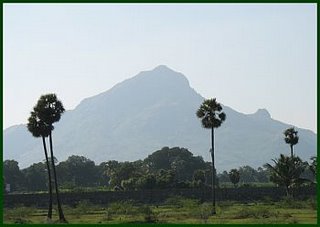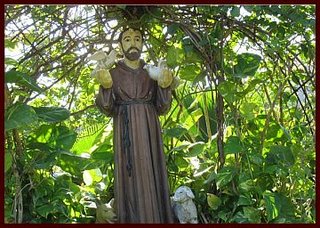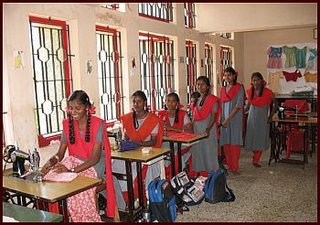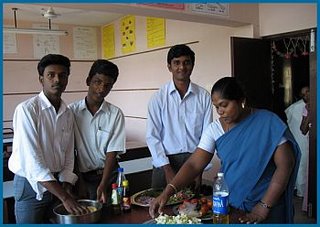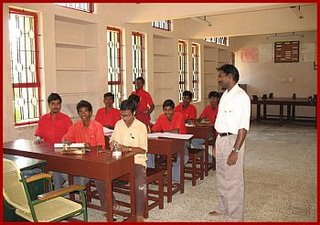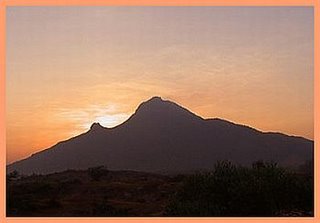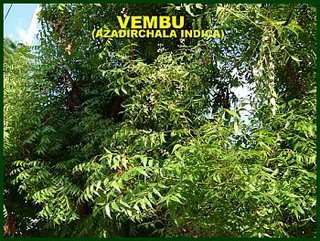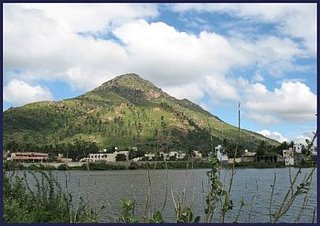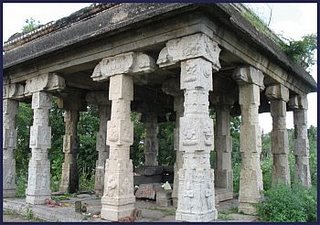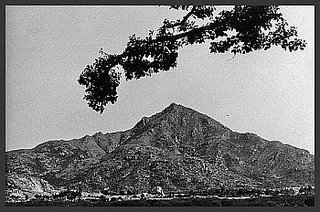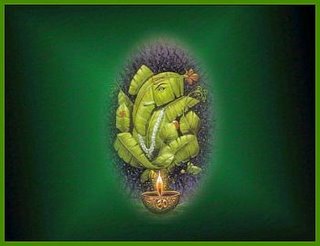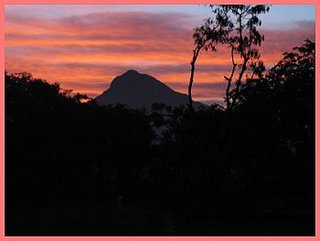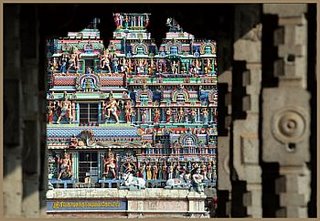"For an enlightened Master, the powers or energies of expression are inexhaustible through any means. For example, for an ordinary human being, the grief emotion or joy emotion exhausts when expressed through tears; the pitha (fire element) of the body exhausts through anger; the lust energy exhausts through the sexual act, the power of speech exhausts in his very saliva the moment they are uttered.

An enlightened Master's energy of expression, cannot be exhausted through any of these means, because he is Existence, the inexhaustible source of Energy in human form. Purely by virtue of this, Masters can continue to do the things they do normally, even without being manifested in their body. And the garbha energized by them and consecrated, will cause things to function just like they do, radiating inexhaustible energy to nurture every being that seeks it. Only a Master who can function without the help of his body is capable of creating a true garbha, one that will materialize things exactly like the way he does."
[By Swami Nithyananda]
